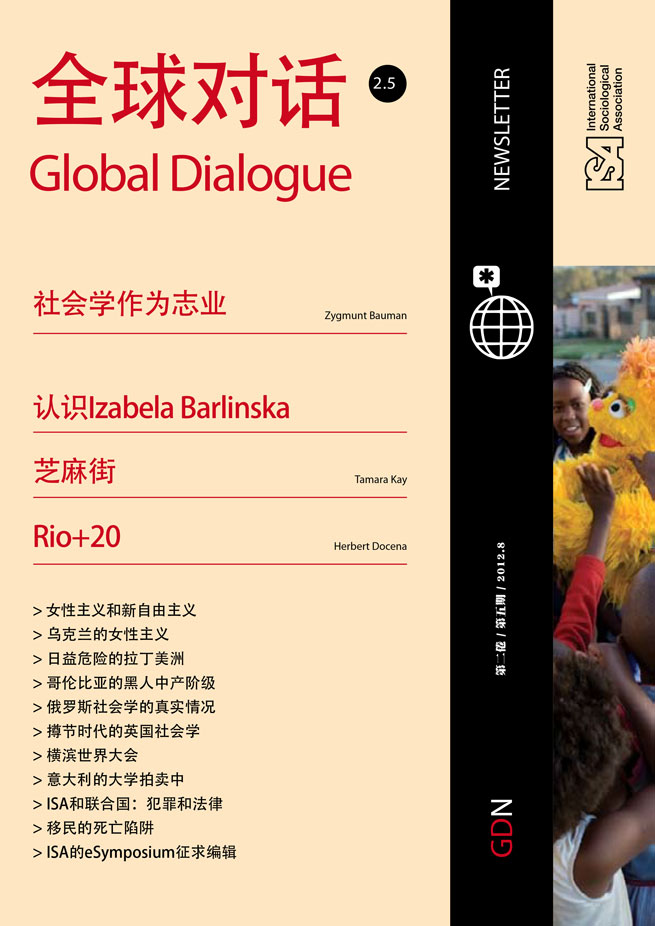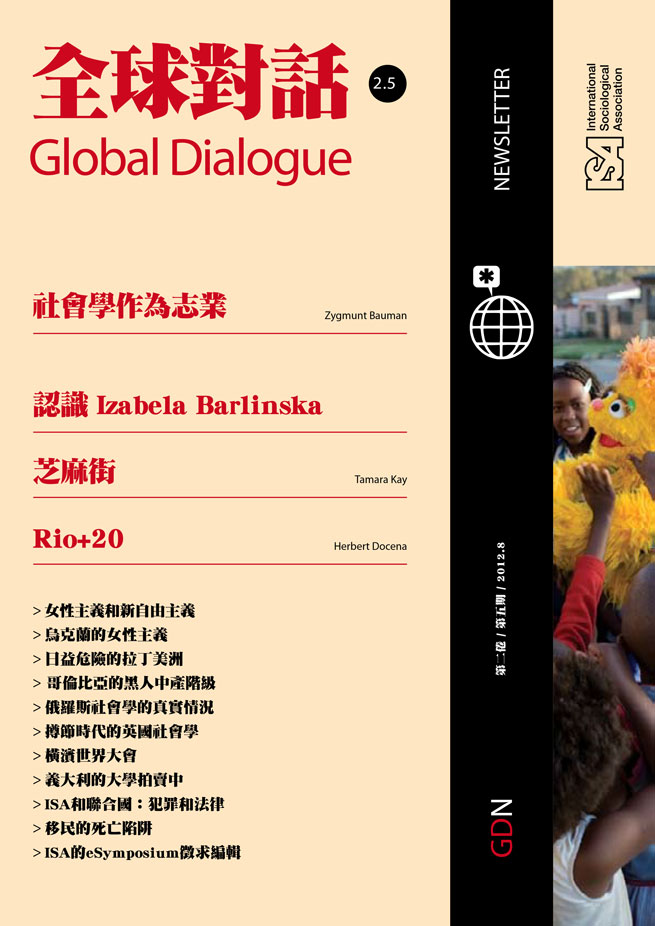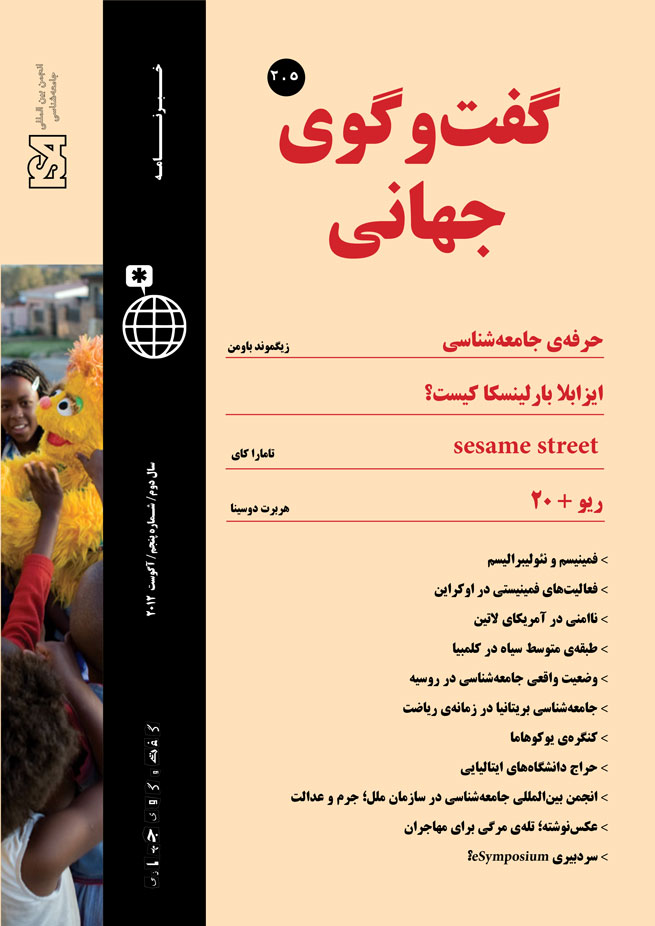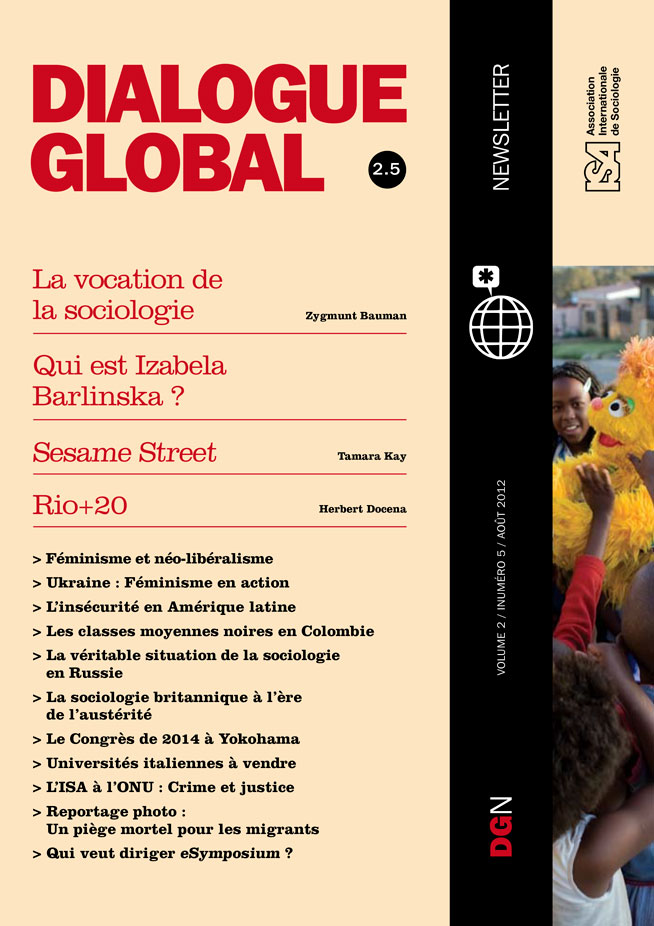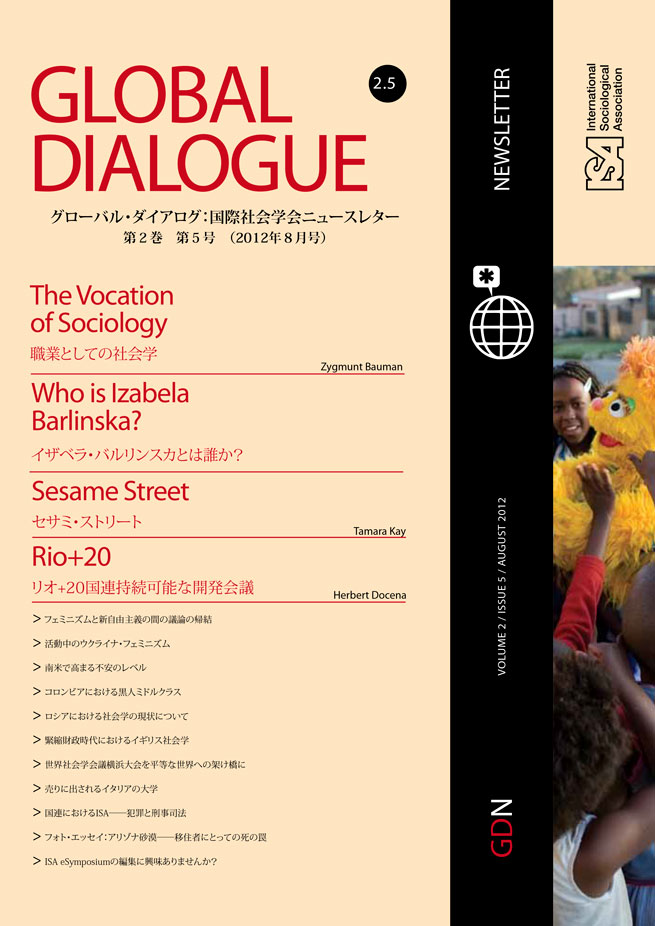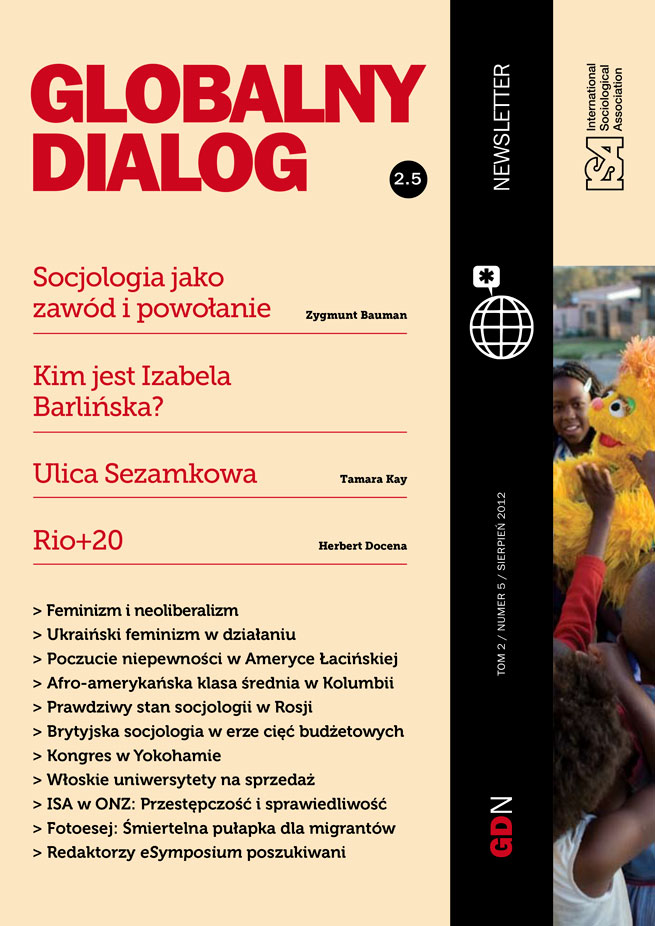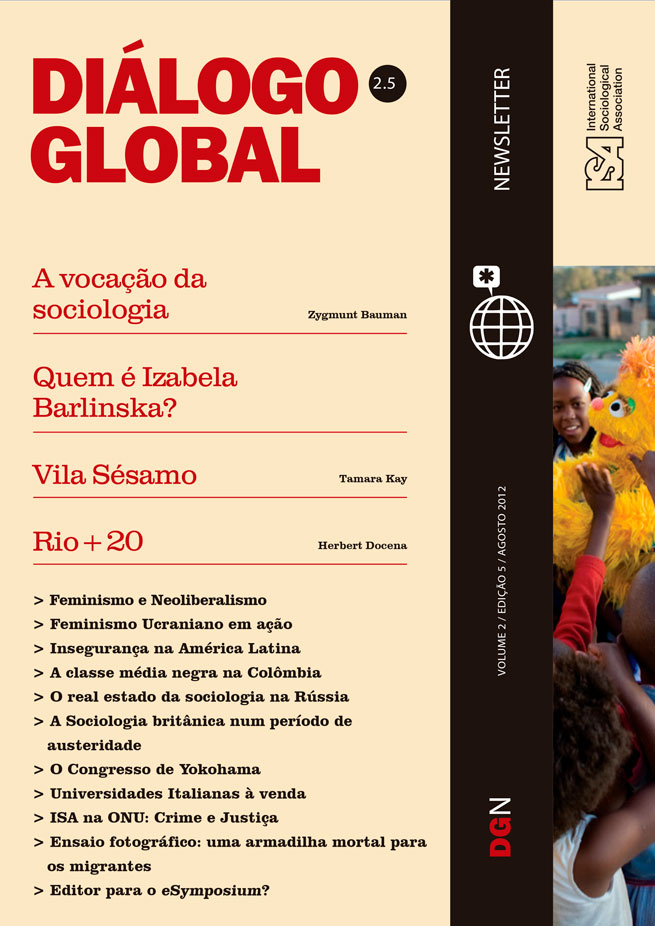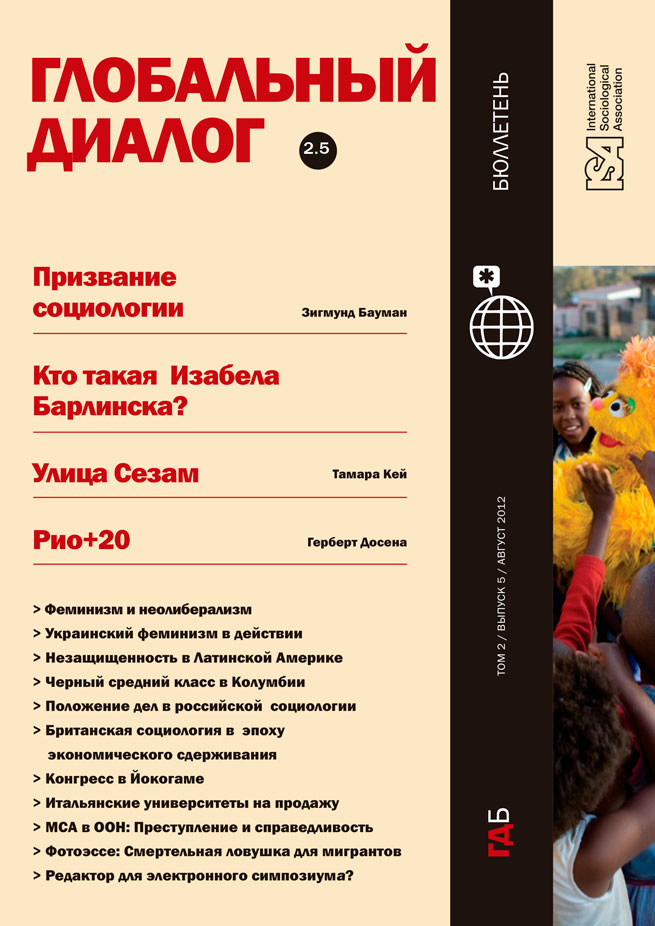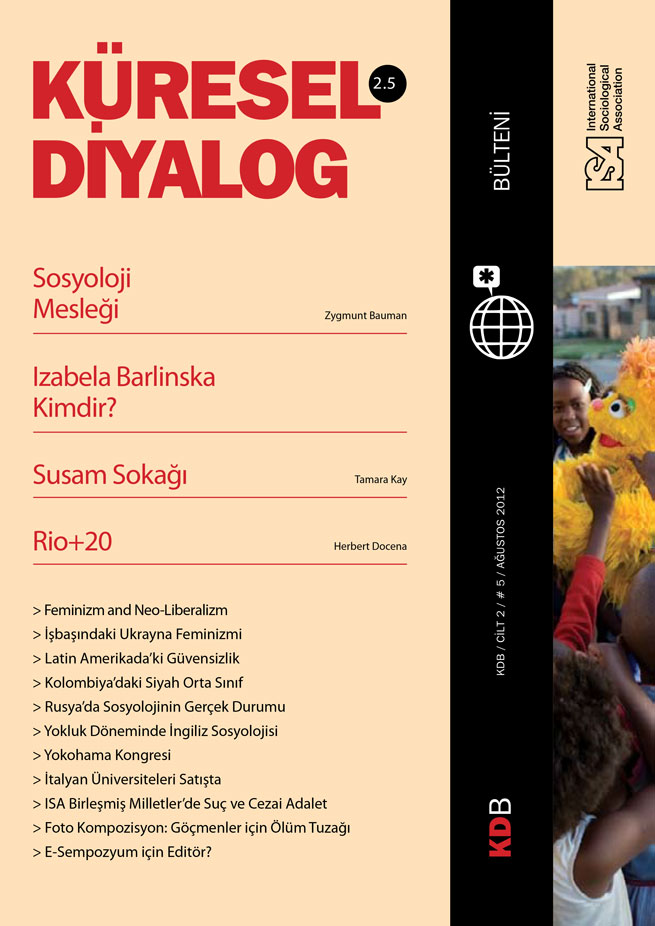Read more about Special Columns
Are you interested in editing ISA’s eSymposium?
by Jennifer Platt
The ISA at the UN: Crime and Criminal Justice
by Rosemary Barberet
July 13, 2012
The moment I heard the camera click, I had to dart away, gagging. The stench of human decomposition stayed with me for the rest of the day. The image I had captured was of a refrigerated unit in the Medical Examiner’s Office in Tucson, Arizona. White bags held several dozen human remains, belonging to undocumented migrant men, women, and children who had died in Southern Arizona’s “killing deserts” while trying to enter the US.
The photograph captures the state’s interaction with an “unwanted” population, in life and in death. The systematic militarization of the border since the late 1990s has funneled undocumented migrants away from urban areas into such isolated, inhospitable terrains as the Arizona desert. If crossers manage to survive and reach their destination, they remain “caged” in the US: unable to visit loved ones in their countries of origin, due to the risk of apprehension or death in the desert. At the same time, their presence in the US is considered illegitimate, and daily life is threatened by deportation and family separation.
But if migrants die, the state effectively lets them “stay” in the US. Their bodies are transported by Border Patrol agents in four-wheel-drive vans to the Medical Examiner’s Office. There, personal possessions from the remains are carefully combed for identifying clues, their mummified skin subjected to infrared scanners for tattoos, their dental structures and bones examined for surgical implants and other distinctive aspects. Any information is triangulated with foreign consulates and humanitarian organizations, which may be contacted by families who are missing loved ones. In the meantime, remains are labeled with such anonymous names as “John” or “Jane Doe” – sometimes “John/Jane Doe” when remains are so pulverized by the desert that gender cannot be determined – and left to sit in coolers. The state pours money into their transportation, their storage, their handling, and eventually, if never identified, their burial by a contracted funeral company in the county-owned section of the local cemetery. What the state has not poured resources into is the prevention of these deaths altogether.
Emine Fidan Elcioglu, University of California, Berkeley, USA
This issue is not available yet in this language.
Request to be notified when the issue is available in your language.
If you prefer, you can access previous issues available in your language:


